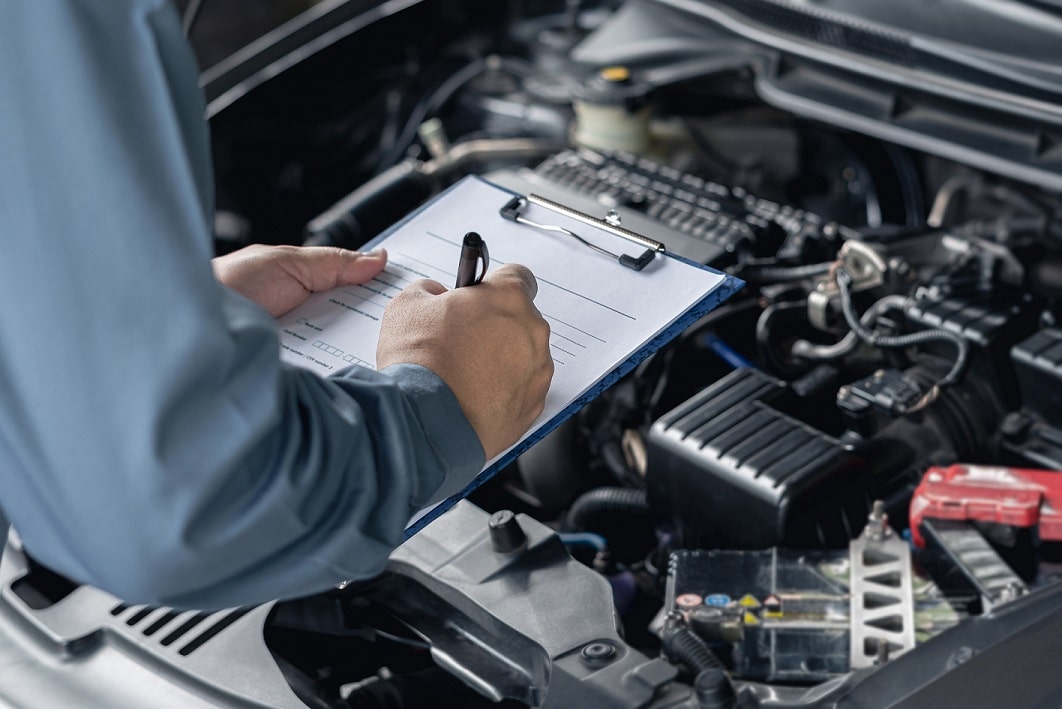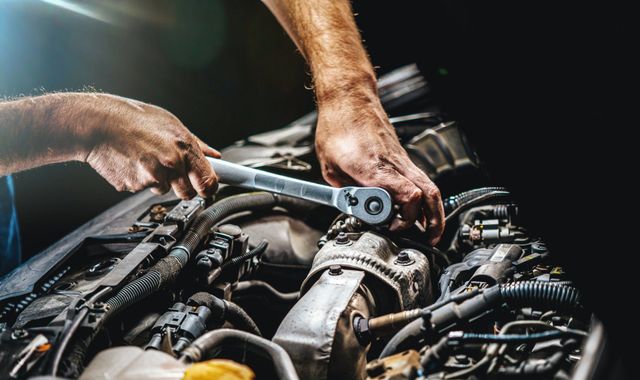All Categories
Featured
An automobile overheating can be a difficult situation, particularly if it happens suddenly. High engine temperatures can cause severe damage if not dealt with promptly. Understanding what to do when your auto overheats and understanding just how to stop it can conserve you from pricey repairs and ensure your safety and security on the roadway.
![]()
What to Do If Your Vehicle Gets too hot. Pull Over Safely. As quickly as you notice indications of overheating-- such as vapor increasing from the hood, a surging temperature scale, or warning lights-- draw over to a safe location. Switch off the engine instantly to stop more damages.
Switch Off the AC and Activate the Heater. If you're incapable to draw over right now, shut off the air conditioning to minimize engine lots and turn on the heating unit. This redirects warmth far from the engine and right into the cabin, which can aid decrease the engine temperature level momentarily.
Open the Hood (with Care) Wait for the engine to cool before opening up the hood. Opening it ahead of time can expose you to hot heavy steam or hot liquids. Once it's safe, inspect the engine for apparent indications of problem, such as leaking coolant or a damaged radiator hose pipe.
Examine the Coolant Degrees. Add it to the storage tank or radiator once the engine has cooled down if you have coolant or water in your vehicle. Stay clear of adding cool water to a warm radiator, as it can cause splitting.
![]()
Call for Assistance. Speak to a tow vehicle or roadside help if you're not able to diagnose or deal with the issue. Driving with an overheated engine can result in considerable damages, such as a blown head gasket or deformed engine parts.
How to stop Your Car from Overheating. Check Coolant Degrees Consistently. Guarantee your automobile always has the appropriate quantity of coolant. Low coolant degrees are just one of the most common sources of getting too hot. If needed., regularly evaluate the coolant tank and top it off.
Check Radiator and Pipes. Seek fractures, leaks, or loosened links in the radiator and hose pipes. Change any kind of damaged parts without delay to avoid coolant leaks.
Maintain Your Cooling System. Flush and re-fill the cooling system as advised in your lorry's owner guidebook. Over time, old coolant can shed its efficiency and stop working to secure the engine from overheating.
Screen the Thermostat and Water Pump. A defective thermostat or water pump can interfere with the cooling system's function. Have these elements inspected throughout routine maintenance to capture concerns early.
Prevent Straining Your Lorry. Extreme weight puts added strain on the engine and cooling system. Maintain your lots within the producer's advised limits.
See the Temperature Scale. Pay interest to your temperature level scale, especially throughout heat or when increasing steep inclines. Take precautions such as minimizing rate or turning off the Air conditioner. if the gauge begins to climb up.
Conclusion. Performing promptly and safely can avoid further damages to your engine. With proper care, you can keep your engine running smoothly and stay clear of the inconvenience of an overheated automobile.

What to Do If Your Vehicle Gets too hot. Pull Over Safely. As quickly as you notice indications of overheating-- such as vapor increasing from the hood, a surging temperature scale, or warning lights-- draw over to a safe location. Switch off the engine instantly to stop more damages.
Switch Off the AC and Activate the Heater. If you're incapable to draw over right now, shut off the air conditioning to minimize engine lots and turn on the heating unit. This redirects warmth far from the engine and right into the cabin, which can aid decrease the engine temperature level momentarily.
Open the Hood (with Care) Wait for the engine to cool before opening up the hood. Opening it ahead of time can expose you to hot heavy steam or hot liquids. Once it's safe, inspect the engine for apparent indications of problem, such as leaking coolant or a damaged radiator hose pipe.
Examine the Coolant Degrees. Add it to the storage tank or radiator once the engine has cooled down if you have coolant or water in your vehicle. Stay clear of adding cool water to a warm radiator, as it can cause splitting.

Call for Assistance. Speak to a tow vehicle or roadside help if you're not able to diagnose or deal with the issue. Driving with an overheated engine can result in considerable damages, such as a blown head gasket or deformed engine parts.
How to stop Your Car from Overheating. Check Coolant Degrees Consistently. Guarantee your automobile always has the appropriate quantity of coolant. Low coolant degrees are just one of the most common sources of getting too hot. If needed., regularly evaluate the coolant tank and top it off.
Check Radiator and Pipes. Seek fractures, leaks, or loosened links in the radiator and hose pipes. Change any kind of damaged parts without delay to avoid coolant leaks.
Maintain Your Cooling System. Flush and re-fill the cooling system as advised in your lorry's owner guidebook. Over time, old coolant can shed its efficiency and stop working to secure the engine from overheating.
Screen the Thermostat and Water Pump. A defective thermostat or water pump can interfere with the cooling system's function. Have these elements inspected throughout routine maintenance to capture concerns early.
Prevent Straining Your Lorry. Extreme weight puts added strain on the engine and cooling system. Maintain your lots within the producer's advised limits.
See the Temperature Scale. Pay interest to your temperature level scale, especially throughout heat or when increasing steep inclines. Take precautions such as minimizing rate or turning off the Air conditioner. if the gauge begins to climb up.
Conclusion. Performing promptly and safely can avoid further damages to your engine. With proper care, you can keep your engine running smoothly and stay clear of the inconvenience of an overheated automobile.
Latest Posts
Learn About Premier Auto Repair Care in Chicago – Drive with Confidence
Published May 28, 25
1 min read
Why Chicago Drivers Trust Montclare Auto Repair for Trusted Service and Big Savings
Published May 25, 25
1 min read
Find Budget-Friendly Auto Repairs with Montclare’s Monthly Service Specials
Published May 23, 25
1 min read
More
Latest Posts
Learn About Premier Auto Repair Care in Chicago – Drive with Confidence
Published May 28, 25
1 min read
Why Chicago Drivers Trust Montclare Auto Repair for Trusted Service and Big Savings
Published May 25, 25
1 min read
Find Budget-Friendly Auto Repairs with Montclare’s Monthly Service Specials
Published May 23, 25
1 min read